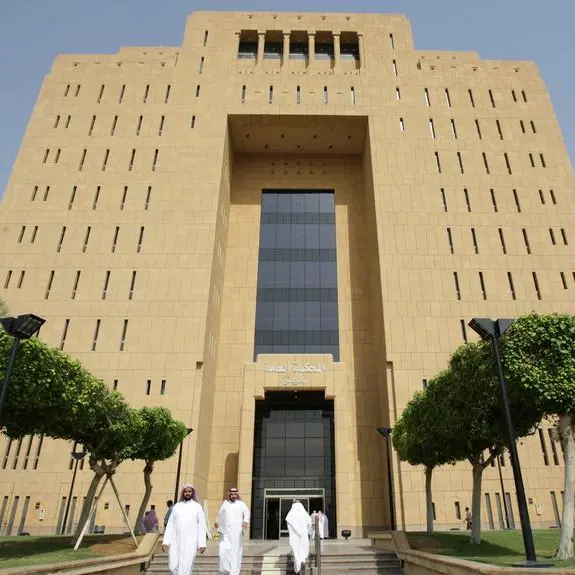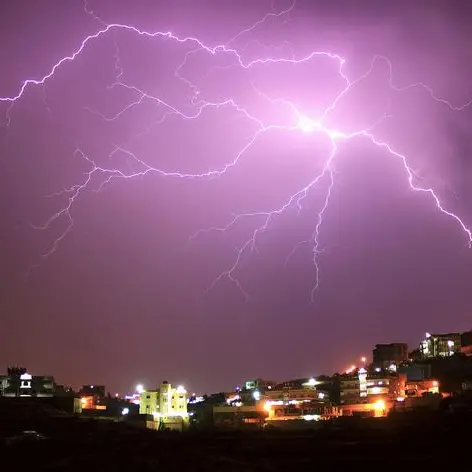PHOTO
DUBAI - Suhail Mohamed Al Mazrouei, Minister of Energy and Infrastructure, toured a number of areas, federal roads, and dams on the eastern coast that were affected by the unprecedented rainfall the UAE experienced in April.
The tour aimed to review work progress in rehabilitating these areas and improving the efficiency and integrity of dams and roads.
The Minister directed maintenance of these areas to ensure the safety of the people, protect their properties, and mitigate the damage that can be caused by rain recurrence. He learned about the rock berm project, which serves as a radical and permanent solution to future-proof vibrant federal roads on the eastern coast.
Al Mazrouei noted that work is in progress in preparing a thorough study of dams’ need for expansion. The Ministry, in collaboration with its strategic partners, is working on developing the infrastructure and improving its resilience to floods and rain. This includes building an efficient rainwater drainage network and increasing the capacity of dams to contain large volumes of water.
He said, “The Ministry has put in place an integrated operational plan to repair affected federal roads and set up precautionary measures to ensure the continuity and preparedness of rainwater drainage network. We are working diligently on developing a host of solutions to mitigate the damage caused by rain events in the winter.”
Towards the end of the tour, the Minister underscored the importance of future planning and collaboration between federal and local entities to improve the efficiency of and future-proof infrastructure and dams. He expressed his gratitude to all teams from the federal and local government, the private sector, and community members who offered their support and helped speed up the recovery after the extreme floods.
Due to the unprecedented rainfall the UAE experienced in April, the 103 dams and lakes run by the Ministry of Energy and Infrastructure collectively retained 40 million cubic metres, representing 50% of their total storage capacity, which amounts to 80 million cubic metres.























